As universities and colleges strive to prepare students for life after their education is completed, architects and designers explore ways of providing innovative learning spaces that make learning inspirational and stimulating, while respecting the surrounding context.
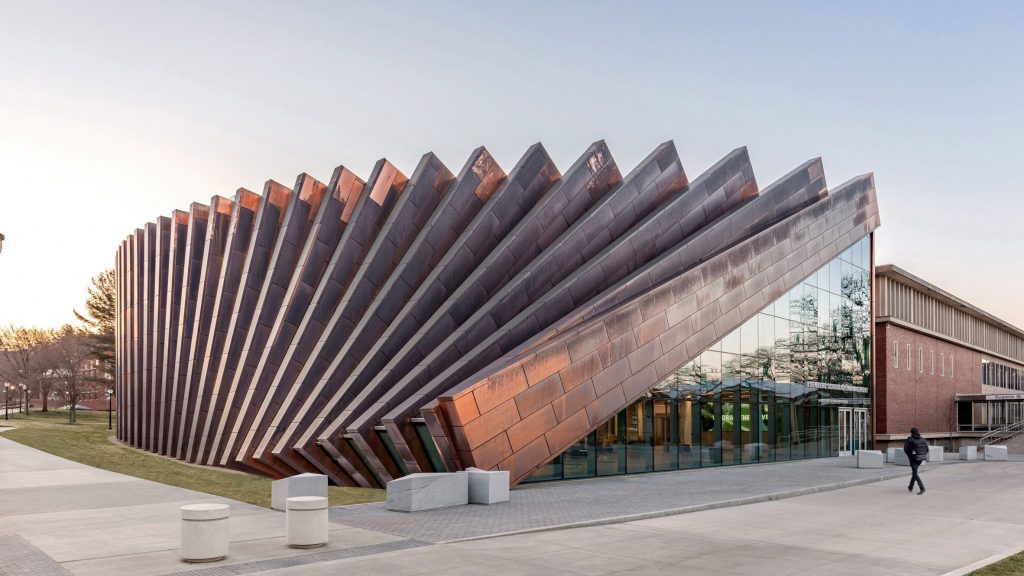
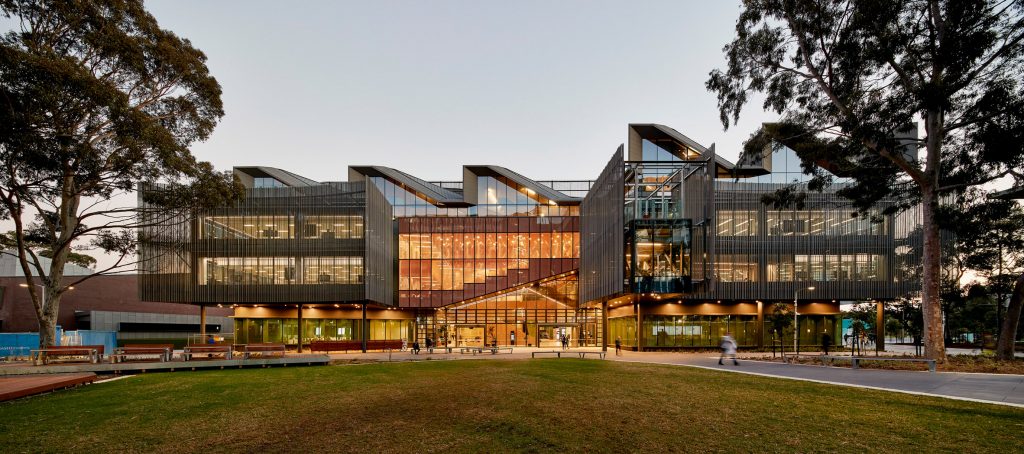
Learning and Teaching Building (LTB) at Monash University’s Clayton Campus by John Wardle Architects
Australian practice John Wardle Architects sought inspiration in the theme of landscape and its change over time for their project of Learning and Teaching Building (LTB) at Monash University’s Clayton Campus in Melbourne. LTB is a multi-faculty learning facility that serves a significant proportion of the student teaching load. Serving as a new gateway to the university, the new building features a network of streets, courtyards, bridges, balconies and stairs modelled on different elements of a natural landscape.
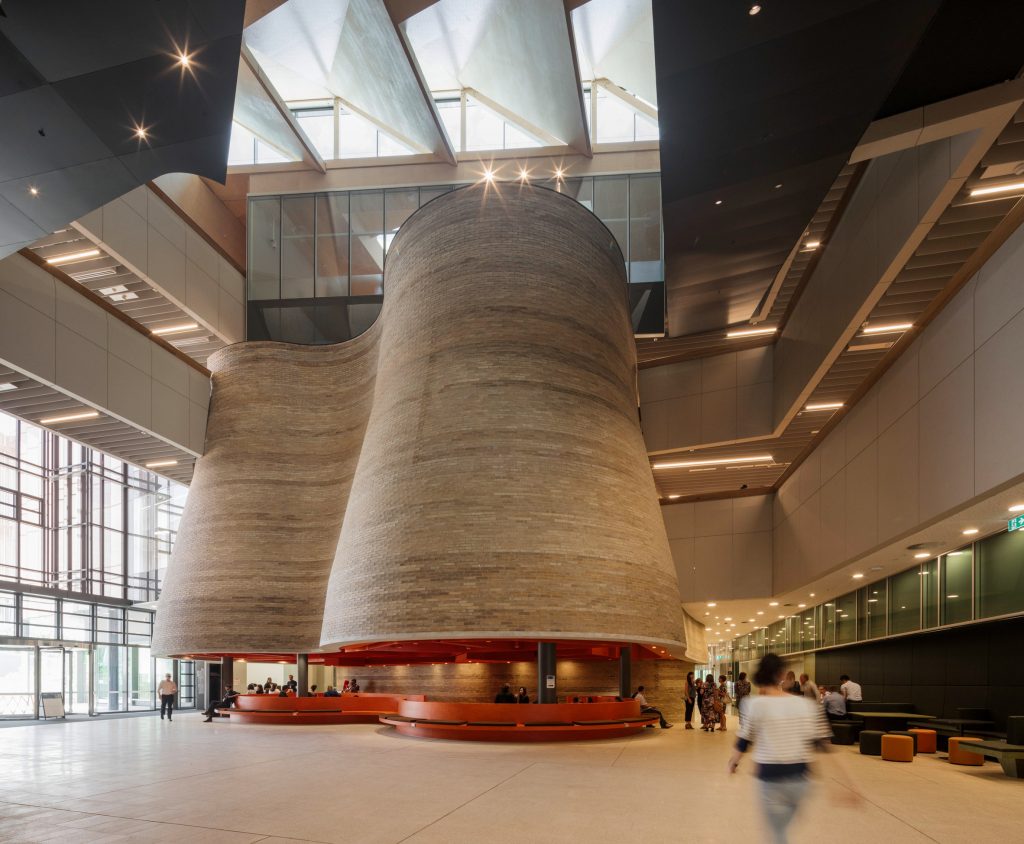
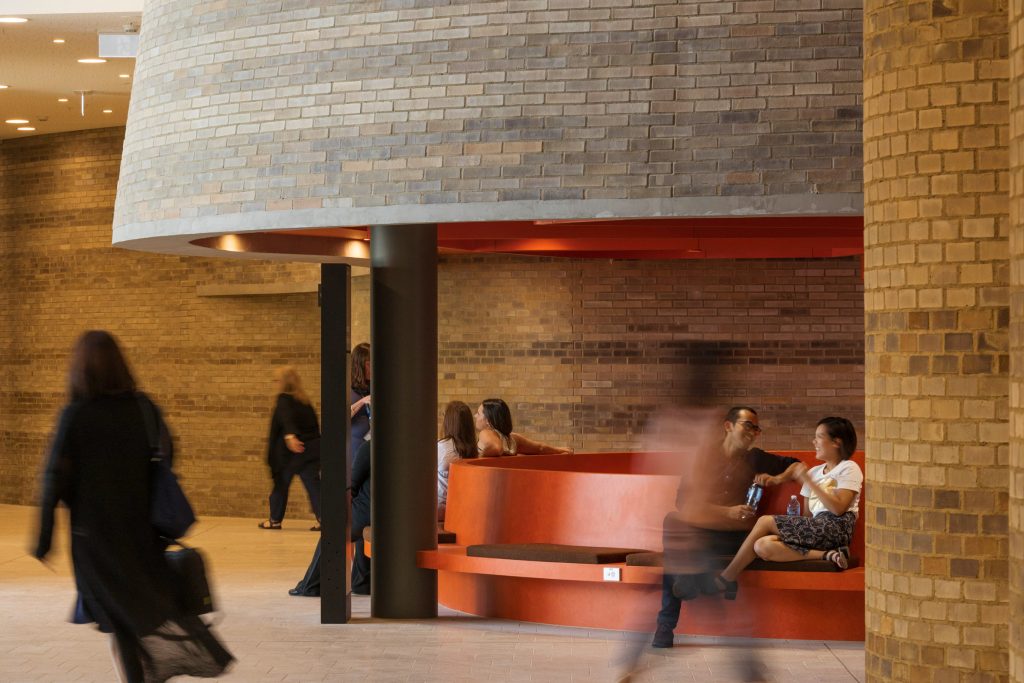
Learning and Teaching Building (LTB) at Monash University’s Clayton Campus by John Wardle Architects
According to the architects, the design was also informed by the site’s history characterized by a rapid transition from indigenous bushland through colonial farmland to a suburban quarter. This is reflected in the building’s patterns of occupation: the learning activities are made visible and accessible to the wider campus and community, rather than removed from the ground in a vertical structure.
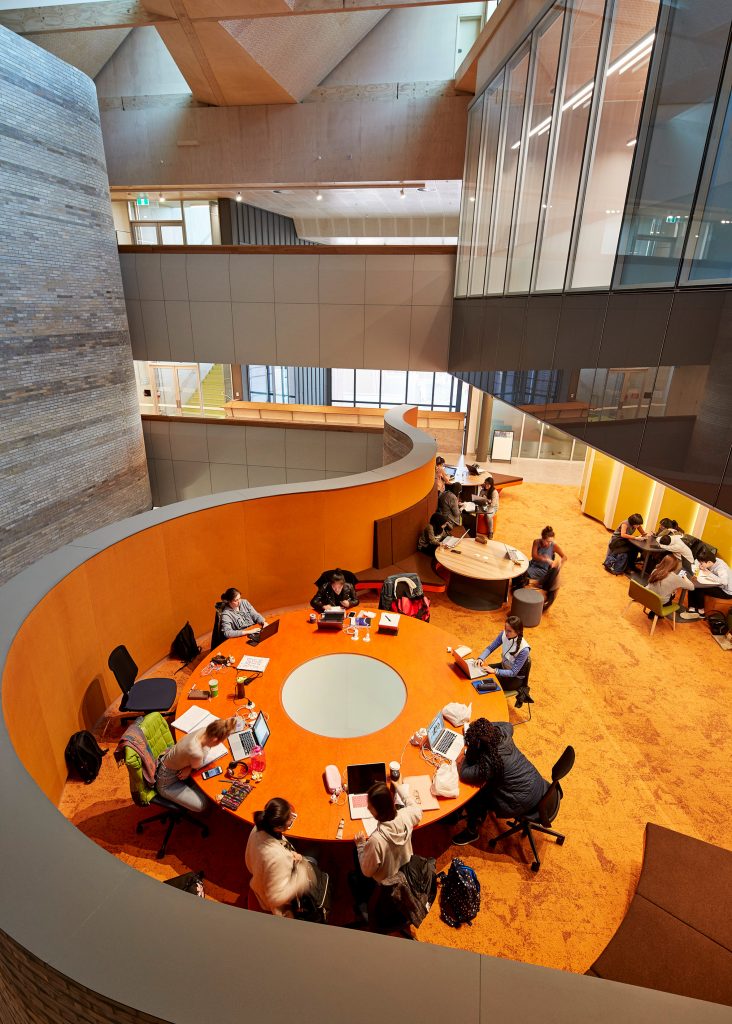
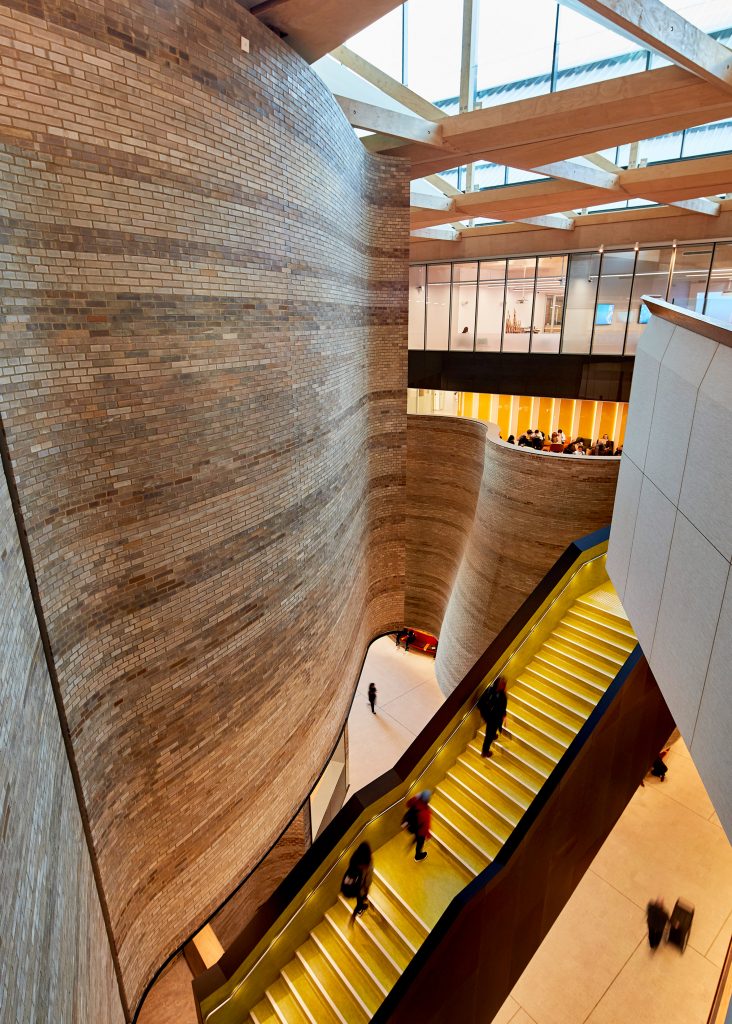
Learning and Teaching Building (LTB) at Monash University’s Clayton Campus by John Wardle Architects
The architects used the same materials, brick and timber, for both the interior and exterior of the building to blur the boundaries between the inside and outside. The road on which the building is located is treated like a ravine that meanders through the building, while the brick towers are reminiscent of pottery kiln – a reference to the process of firing that starts with a malleable clay is abstractly akin to the process of learning.
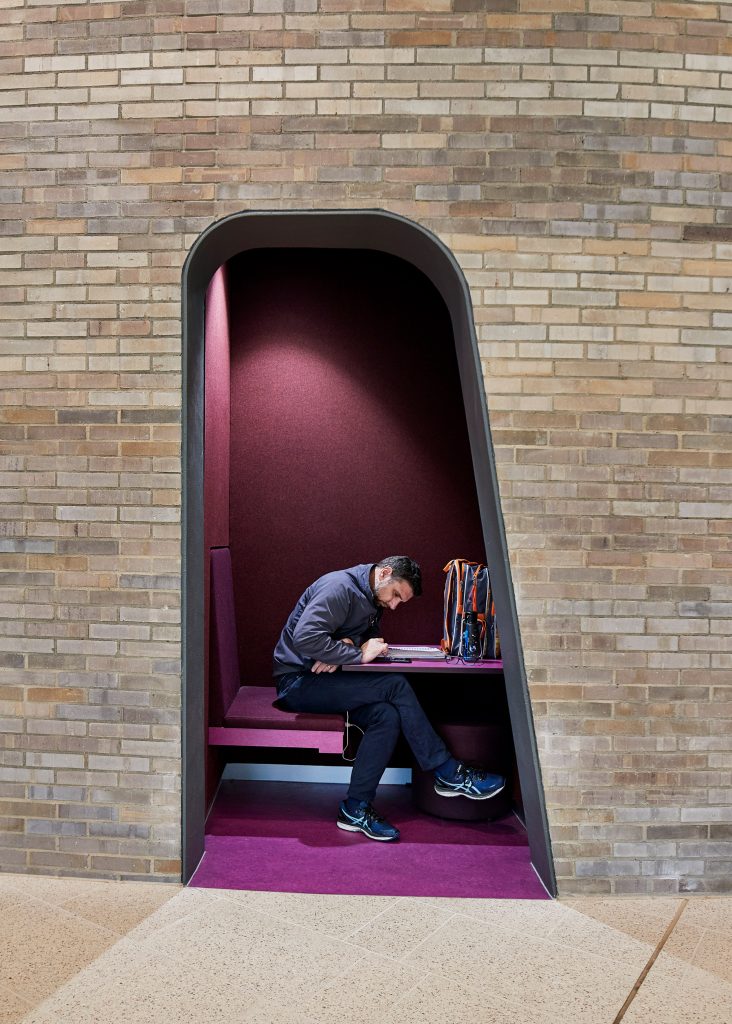
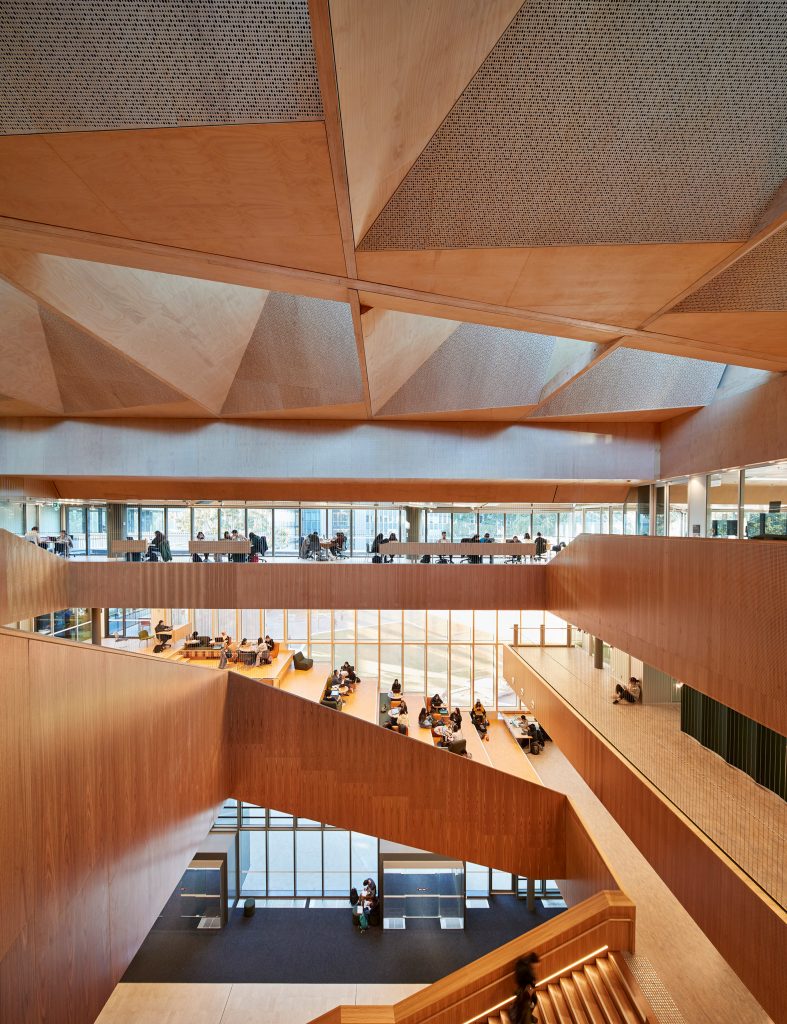
Learning and Teaching Building (LTB) at Monash University’s Clayton Campus by John Wardle Architects
The facility’s courtyard features a central spine staircase connecting a series of atriums across all levels lit with natural light from a roof above, which is made up of a series of folded light monitors. Around, learning spaces are grouped in clusters, helping to break down the scale of the building into smaller, more intimate settings for students to inhabit.
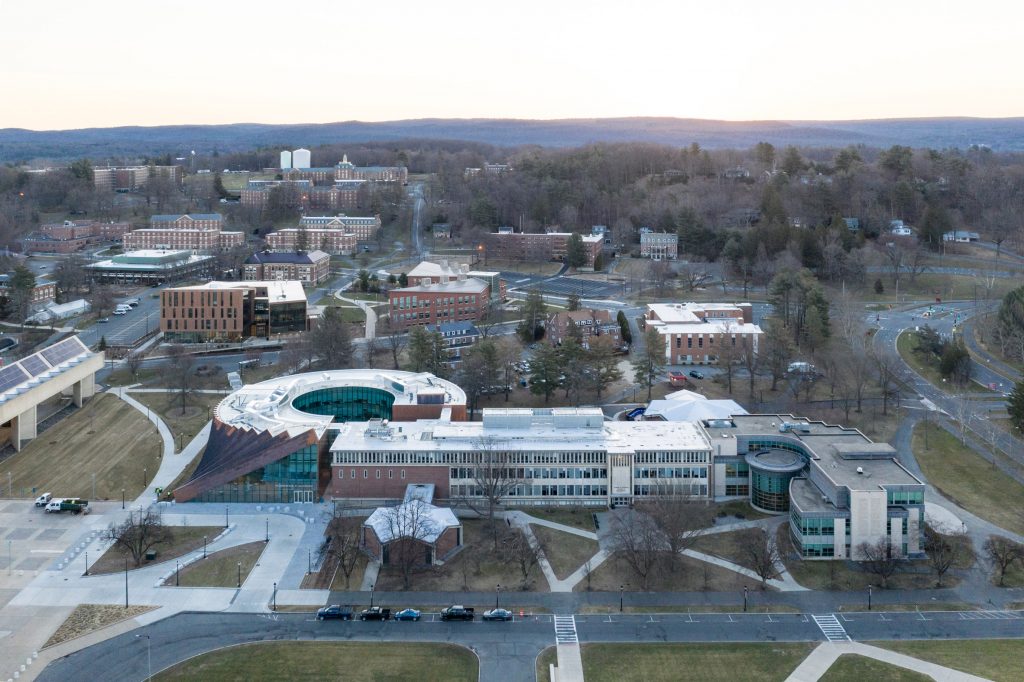
Isenberg School of Management at the University of Massachusetts by BIG and Goody Clancy (also header image)
Bjarke Ingels’ Group (BIG) has collaborated with Boston firm Goody Clancy to develop a concept of an extension to the Isenberg School of Management at the University of Massachusetts in Amherst. The round addition extends in a circle from the north and eastern facades of the existing rectangular building, and wraps around a courtyard. The facade comprises thick copper slats and windows gradually sloping from dramatic angles to an upright position, which resembles falling dominos.
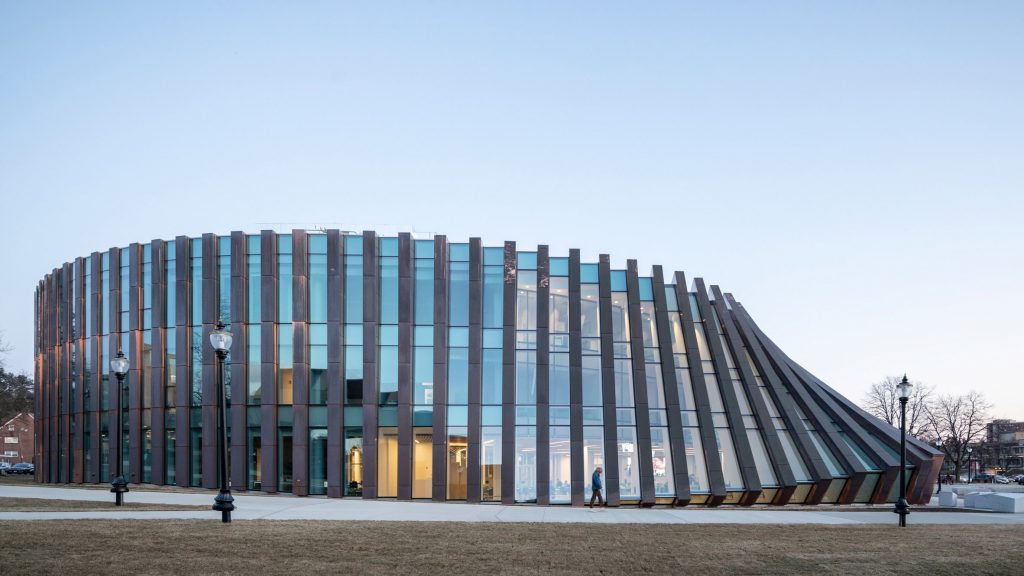
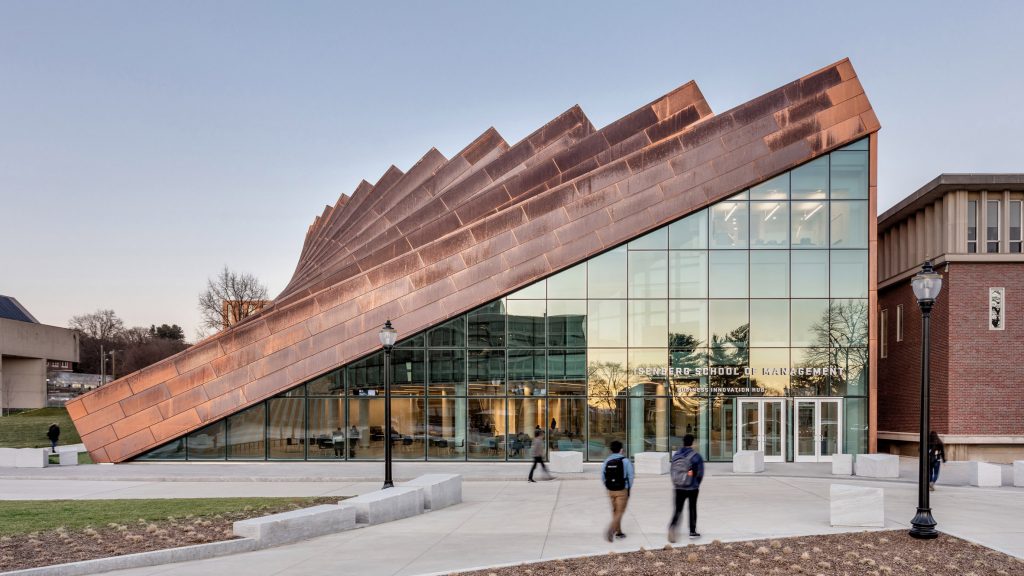
Isenberg School of Management at the University of Massachusetts by BIG and Goody Clancy
The three-storey Business Innovation Hub comprises a mix collaborative study and social area of 464.5-square-metre that nearly doubles the school’s previous offering. The dramatic slanting roofline, slatted façade and white finishes create bright and airy interior, with almost all of the rooms within the building receiving natural light.
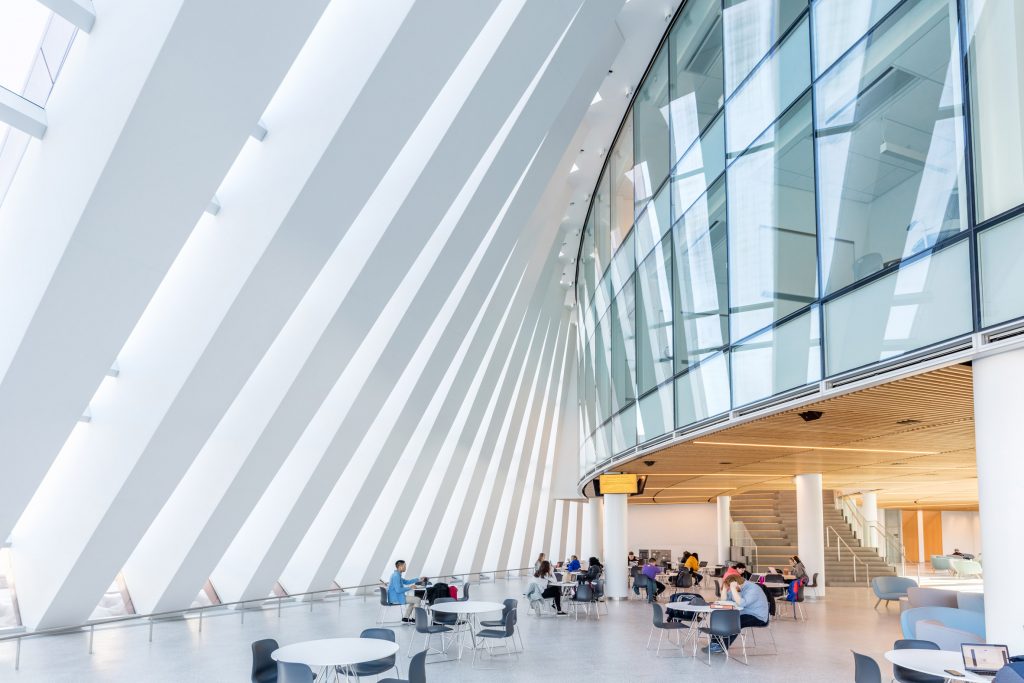
Isenberg School of Management at the University of Massachusetts by BIG and Goody Clancy
Additional work areas in the upper two floors feature bridges to the existing business school, while the dean’s office and a boardroom are situated on the top level.
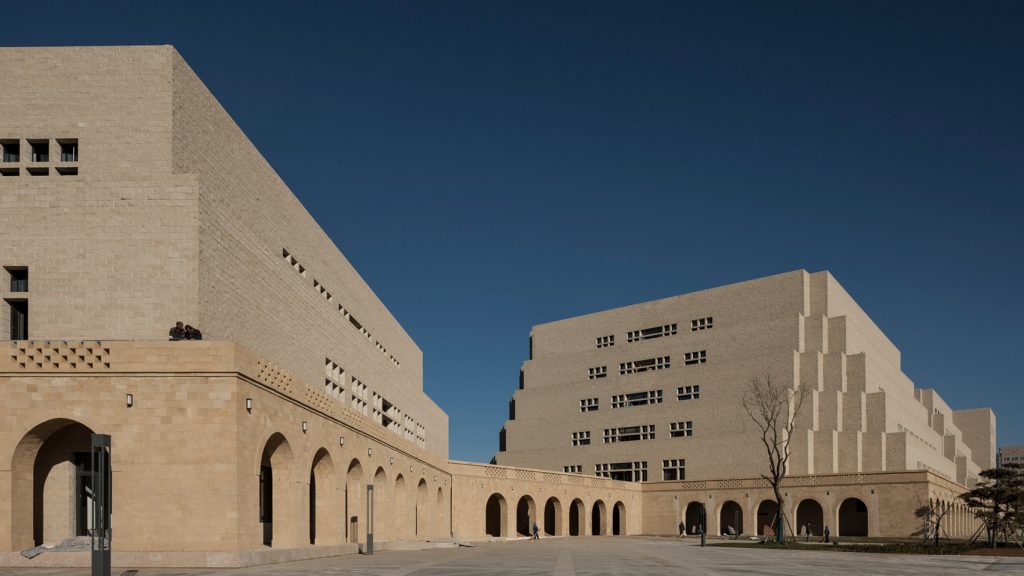
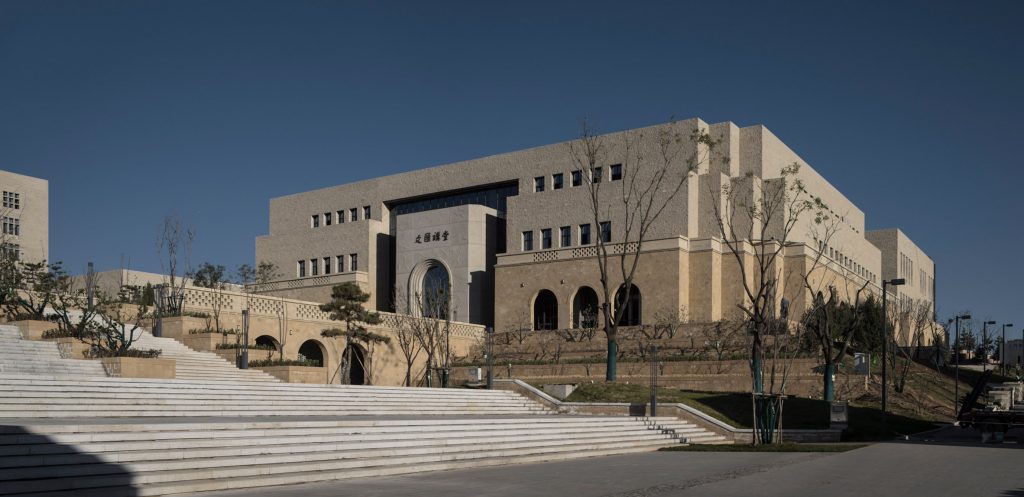
Yan’an University by THAD (ph: Yao Li)
Architectural Design and Research Institute of Tsinghua University, China, has designed the campus of Yan’an University as a contemporary reinterpretation of the area’s cave dwellings, which are dug into the loess landscape – sandy sediment cliffs. Dug out of hillsides, these earthwork houses often centre around courtyards.
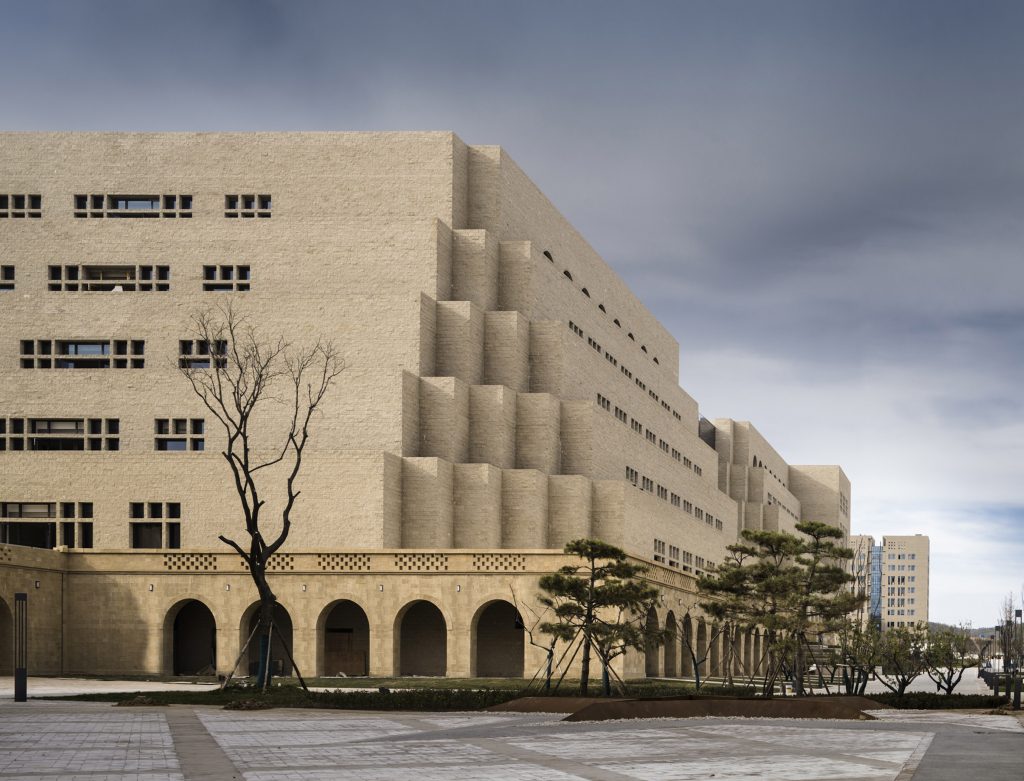
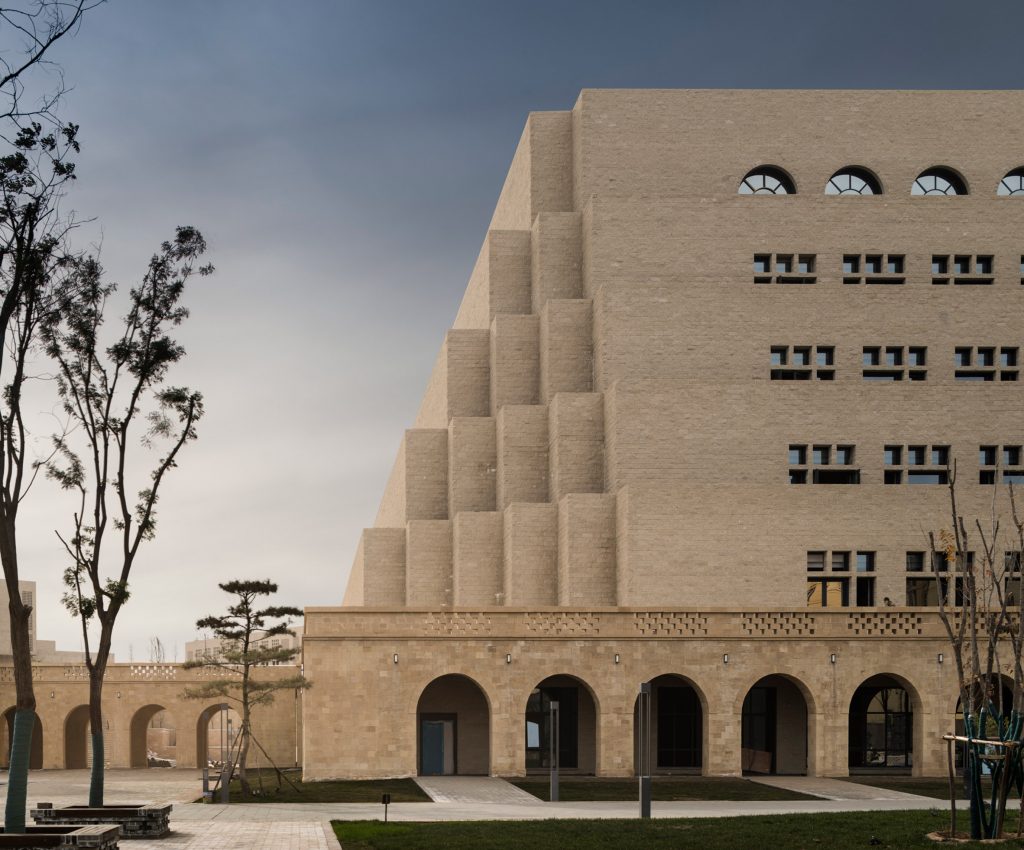
Yan’an University by THAD (ph: Yao Li)
Making no attempt to repeat the traditional elements and symbols, the architects sought for a novel way that is modern and connected it with a traditional regional culture. Stacks of rough yellow stone hand-chiselled by local workers form the bases of the ziggurat-style campus buildings, while their upper storeys are clad in concrete blocks.
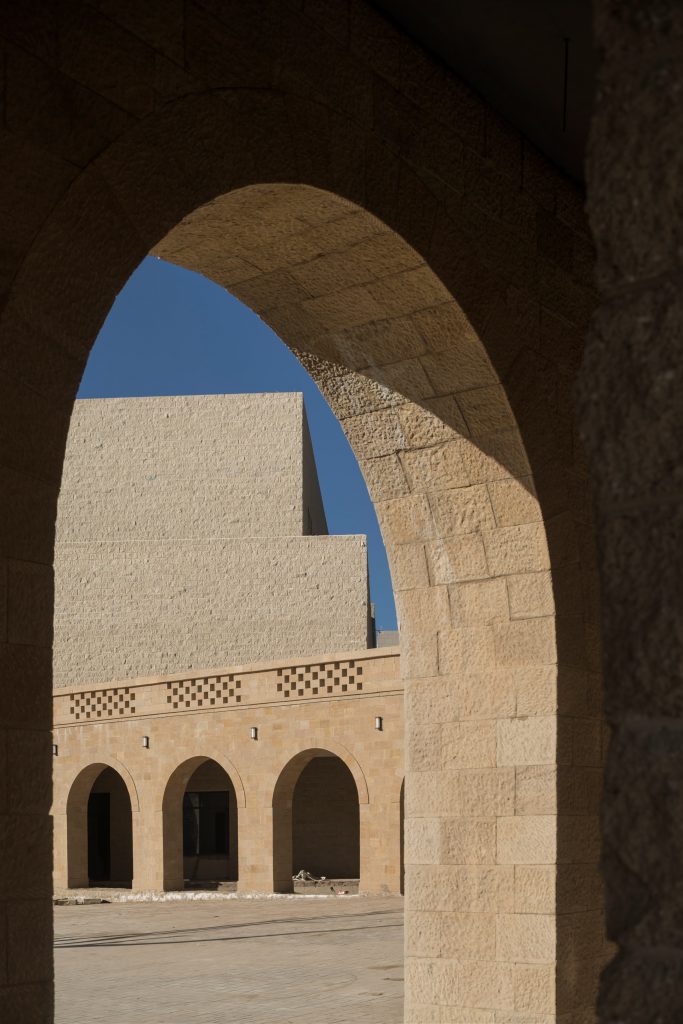
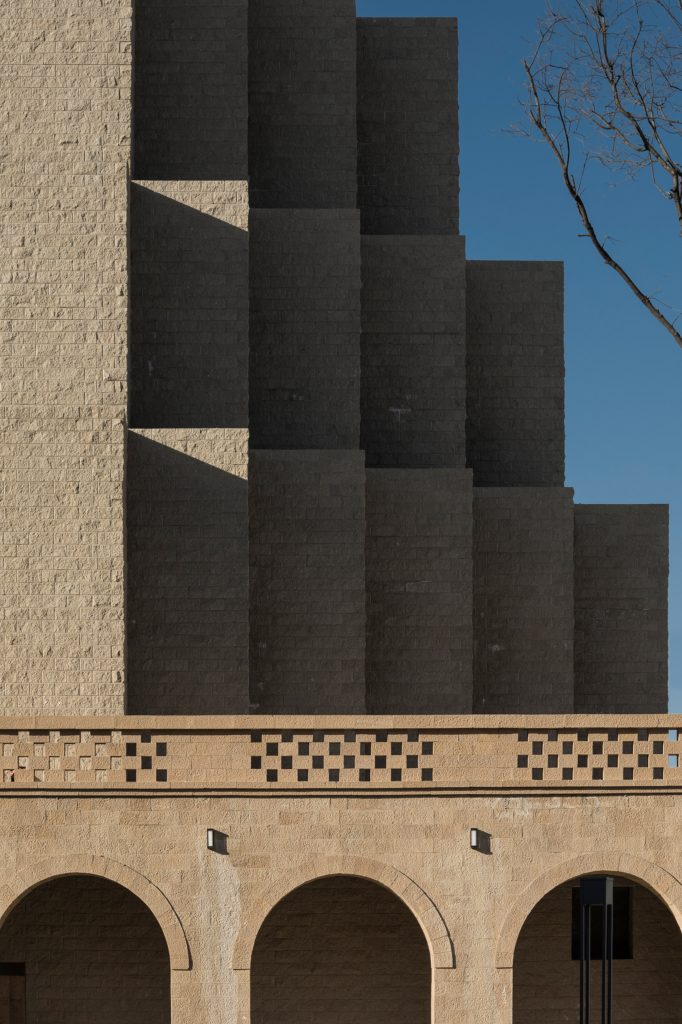
Yan’an University by THAD (ph: Yao Li)
The massive and rustic arcaded bases are reminiscent of the cave dwellings’ courtyards, whilst they form part of a strategy that connects each block with a series of open areas. The sheltered areas connecting to courtyards double as social and communal spaces.
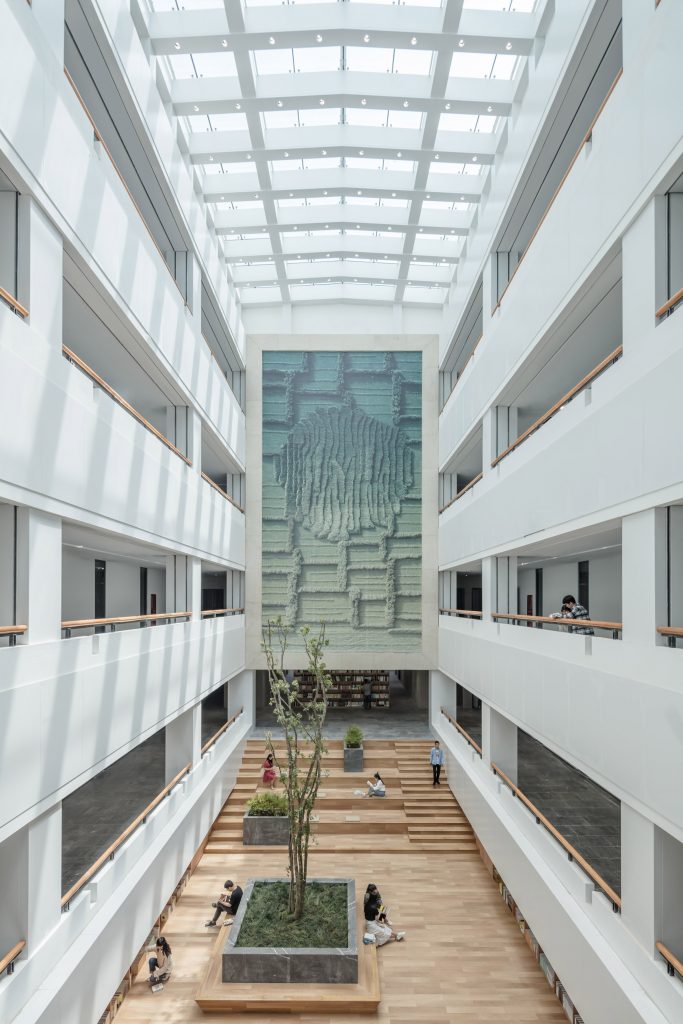
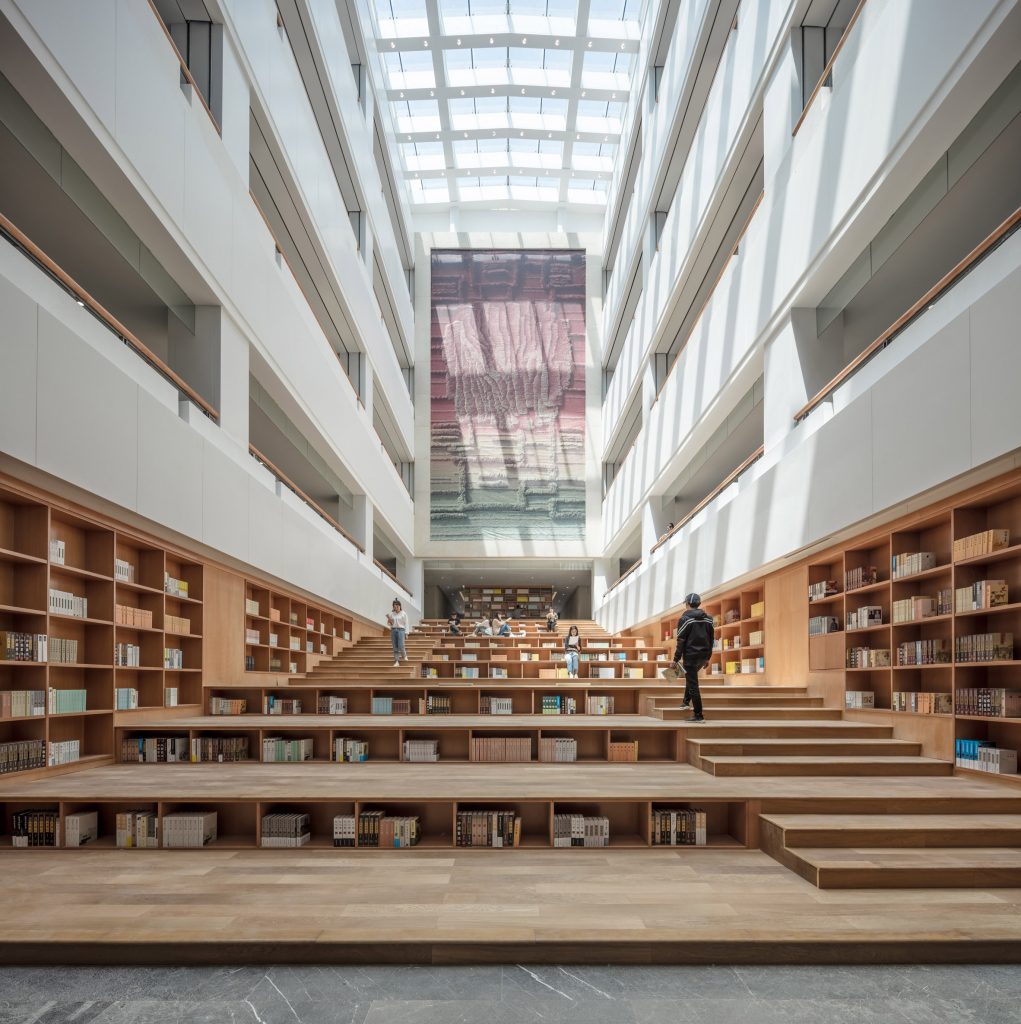
Yan’an University by THAD (ph: Yao Li)
The bright, contemporary interiors contrast the rough exterior. Large amphitheatre like seating is made from wood, while the walls are lined with bookshelves on either side.